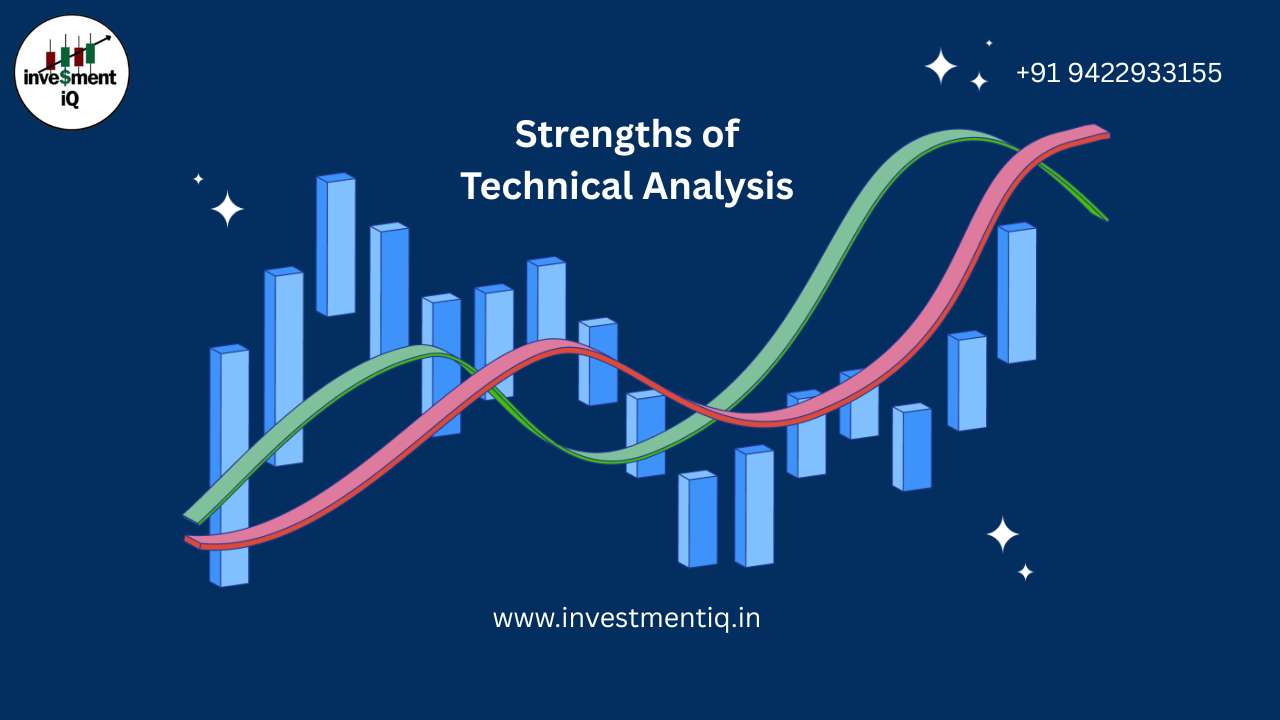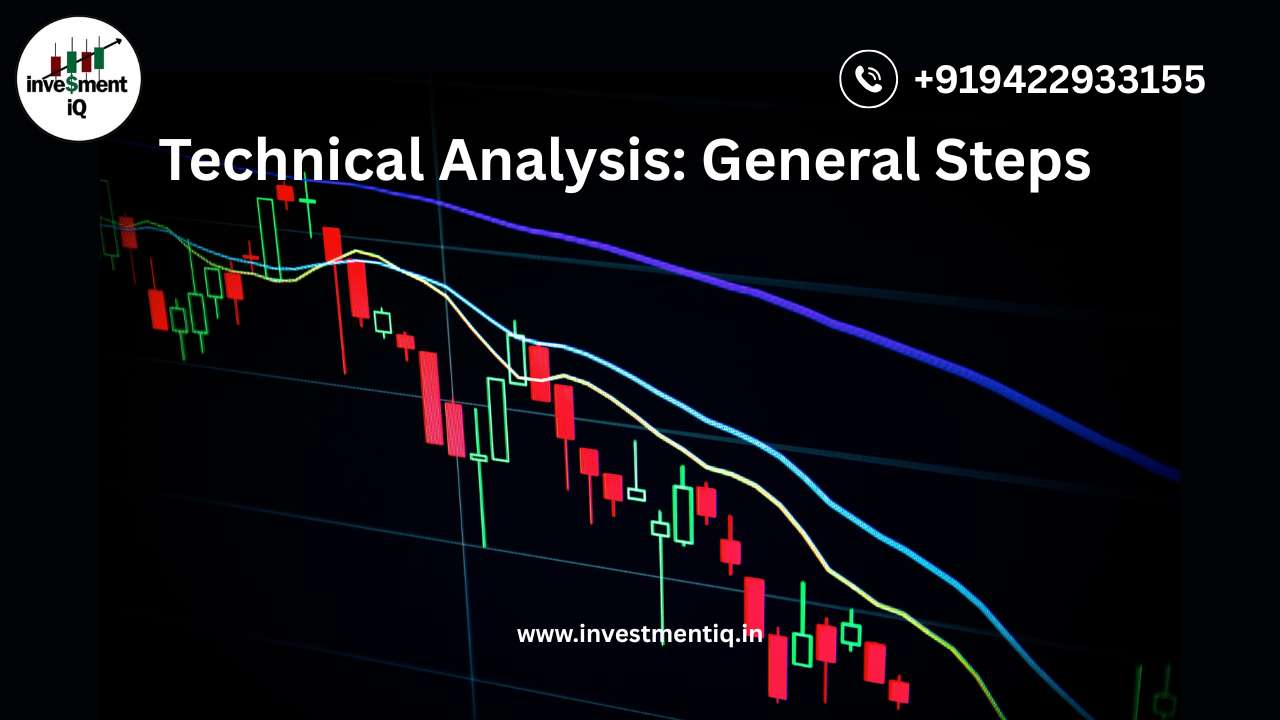Strengths of Technical Analysis Focus on Price It makes logical to concentrate on price swings if the goal is to forecast future prices. Fundamental developments are typically preceded by price mswings .Technicians are automatically looking to the future when they concentrate on price action. The market typically outpaces the economy by six to nine months, making it a leading indicator. To stay ahead of the market, it makes sense to pay close attention to price movements. Usually, change is a kind of subtle beast. Hints often appear before big changes, despite the market's propensity for unexpected, impulsive reactions. times of accumulation indicate an imminent advance, whereas times of dispersal indicate an imminent collapse, according to a technician. Supply, Demand, and Price Action When examining a security's price activity, many technicians use the open, high, low, and close.Every bit of knowledge can be used to learn something. These won't be able to reveal anything on their own But when combined, the open, high, low, and close represent supply and demand pressures. Boeing Co. (BA) Technical…










